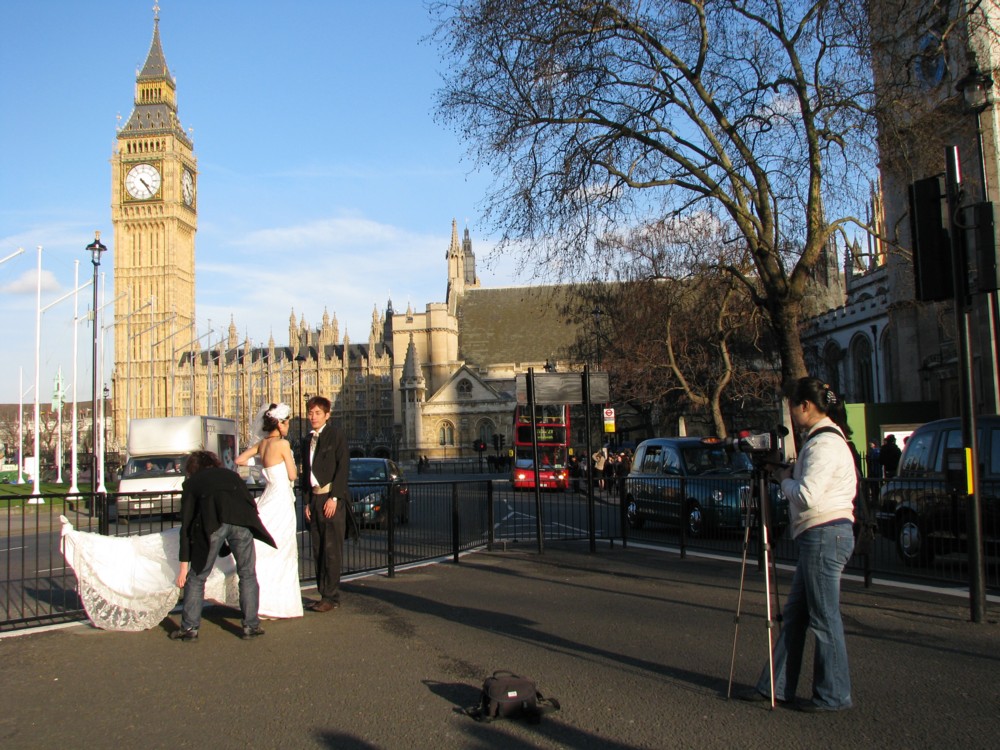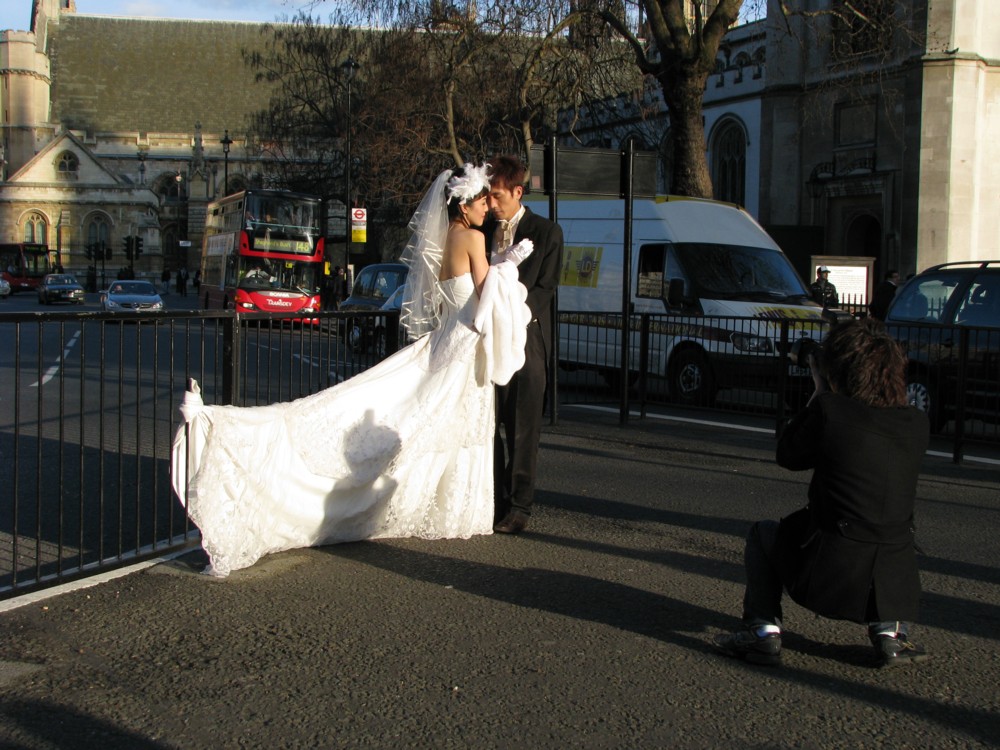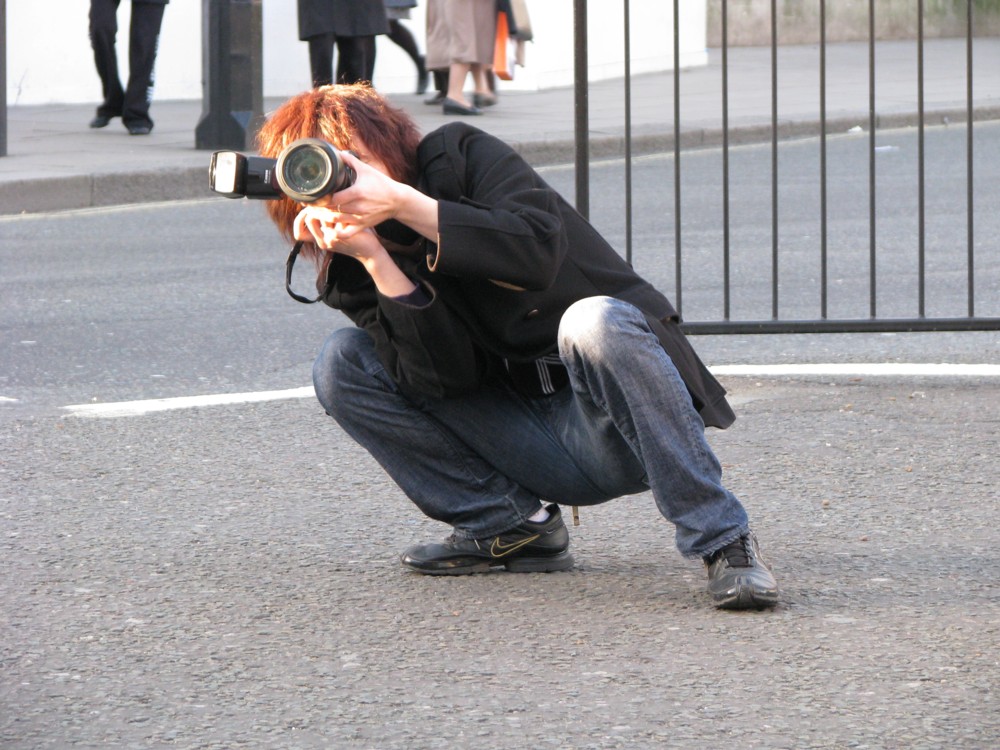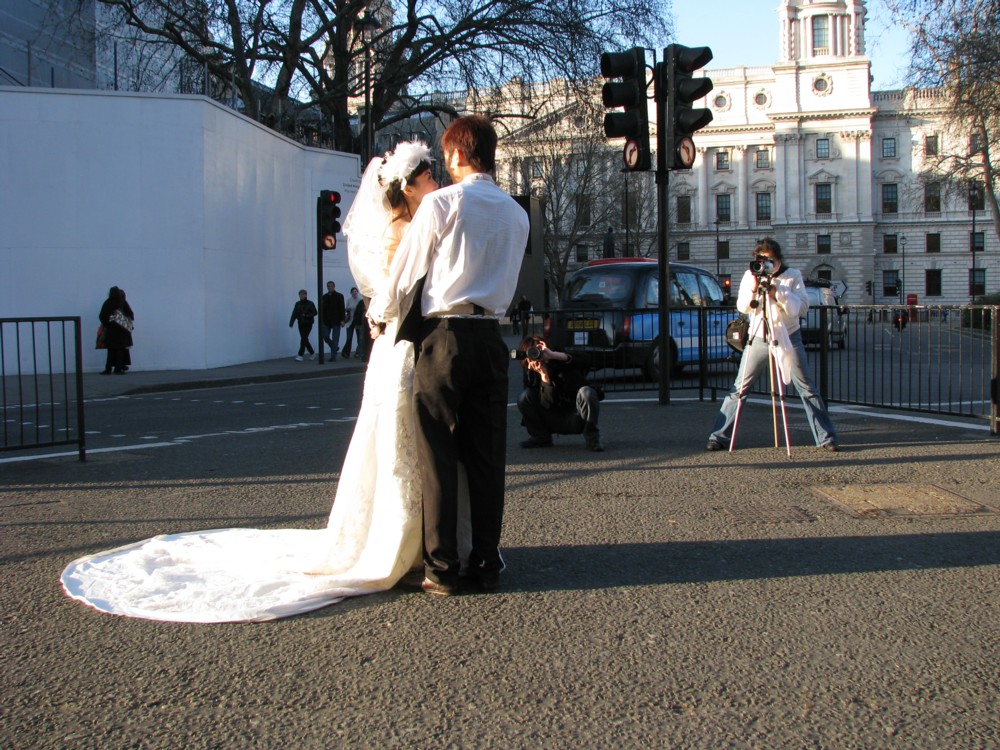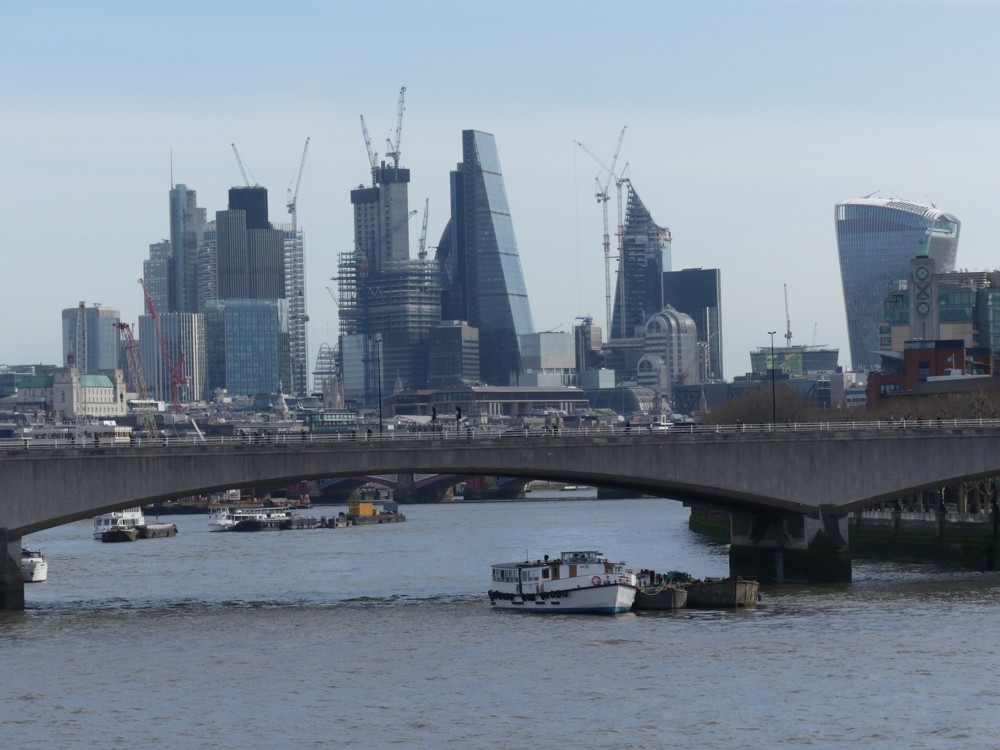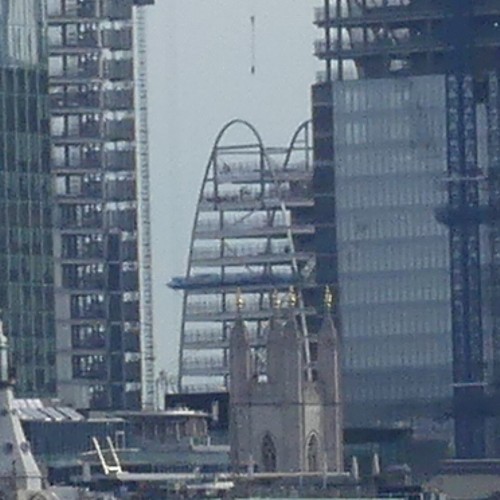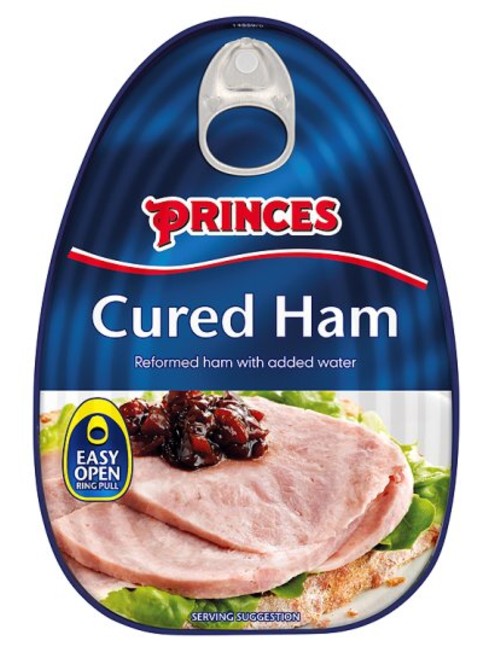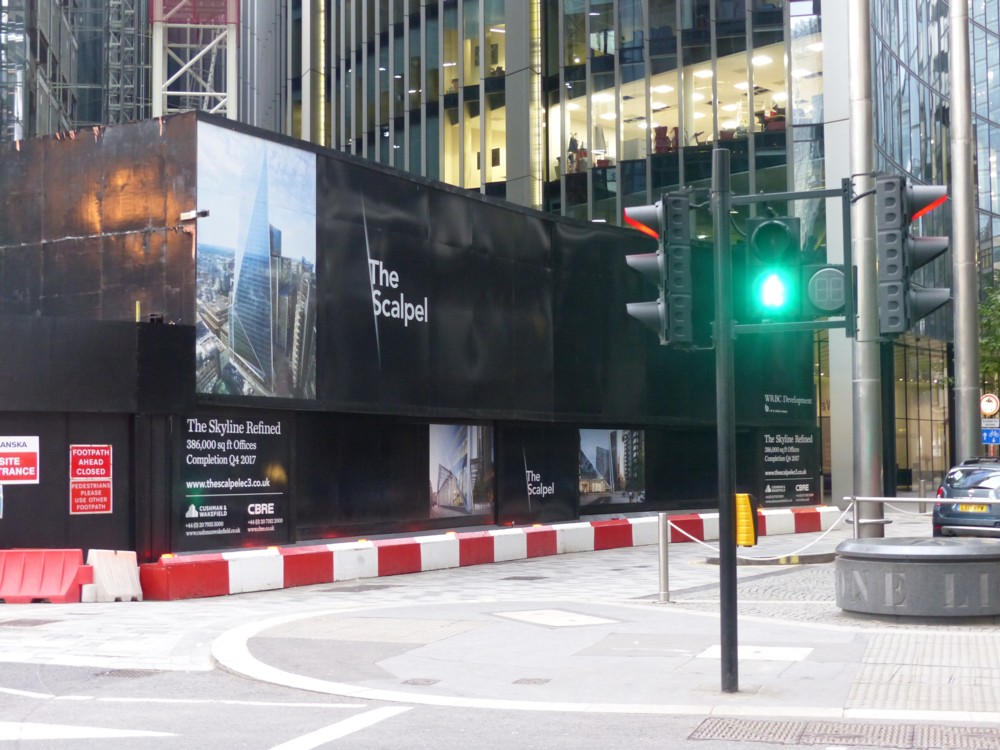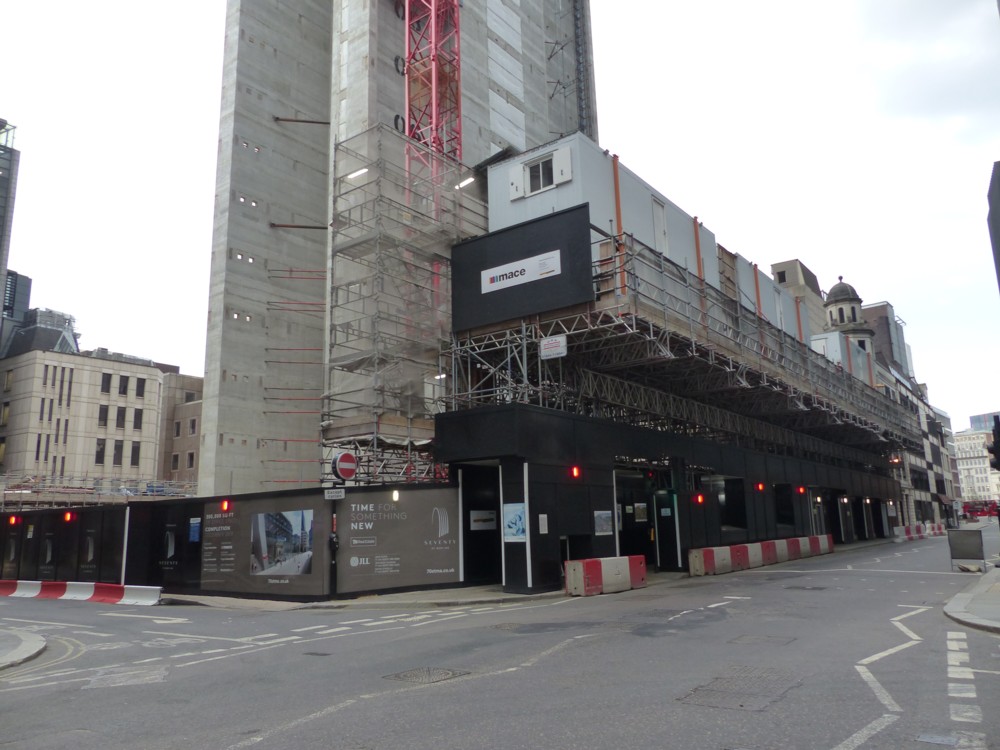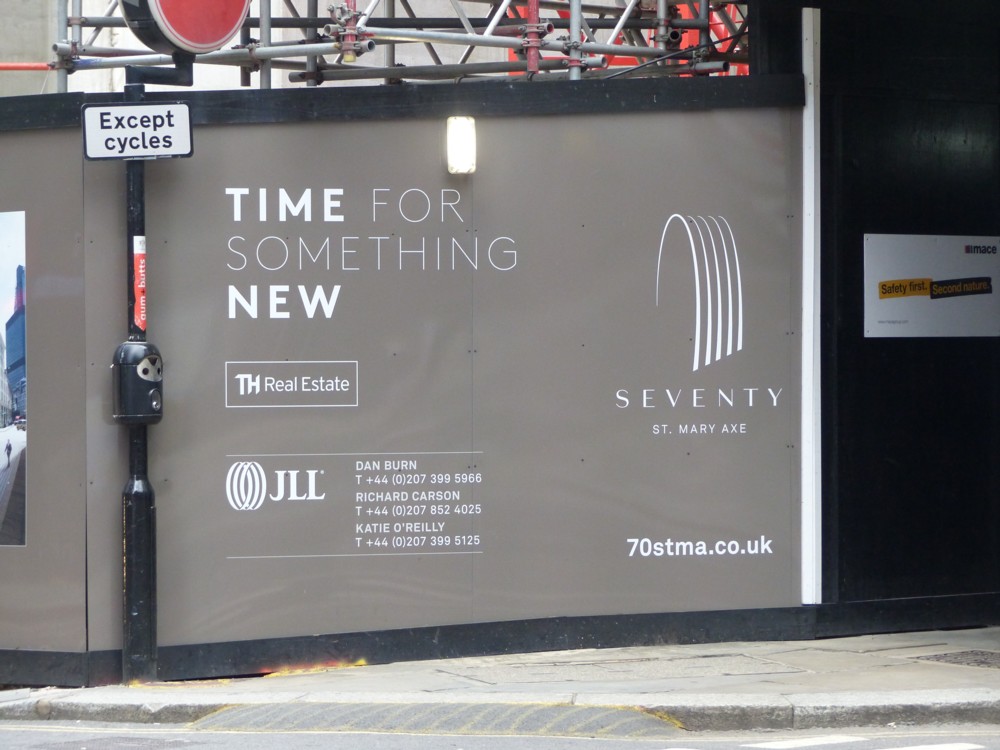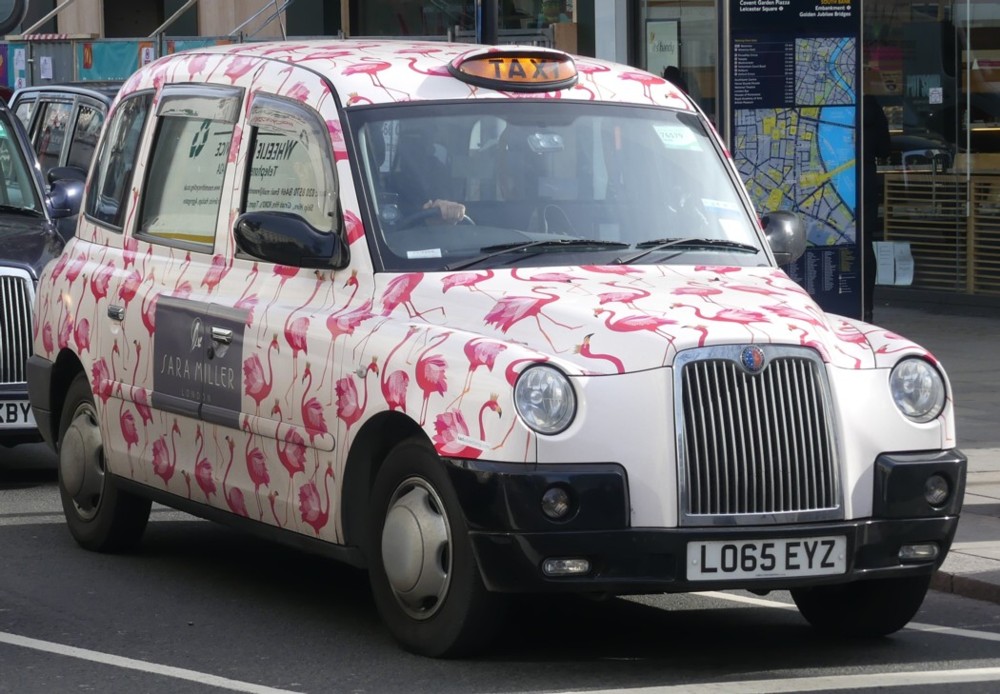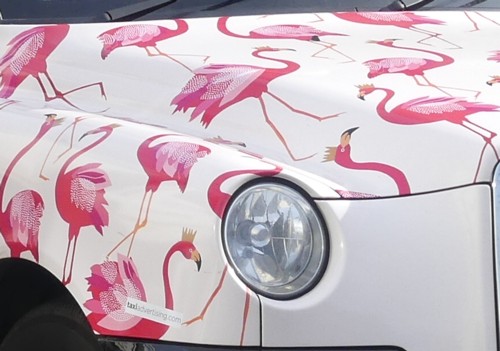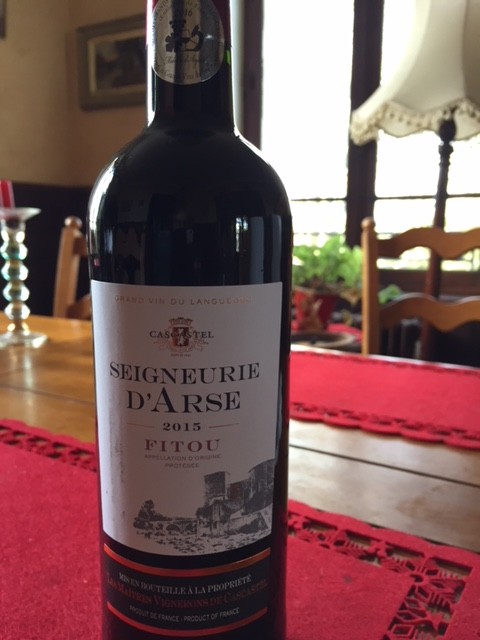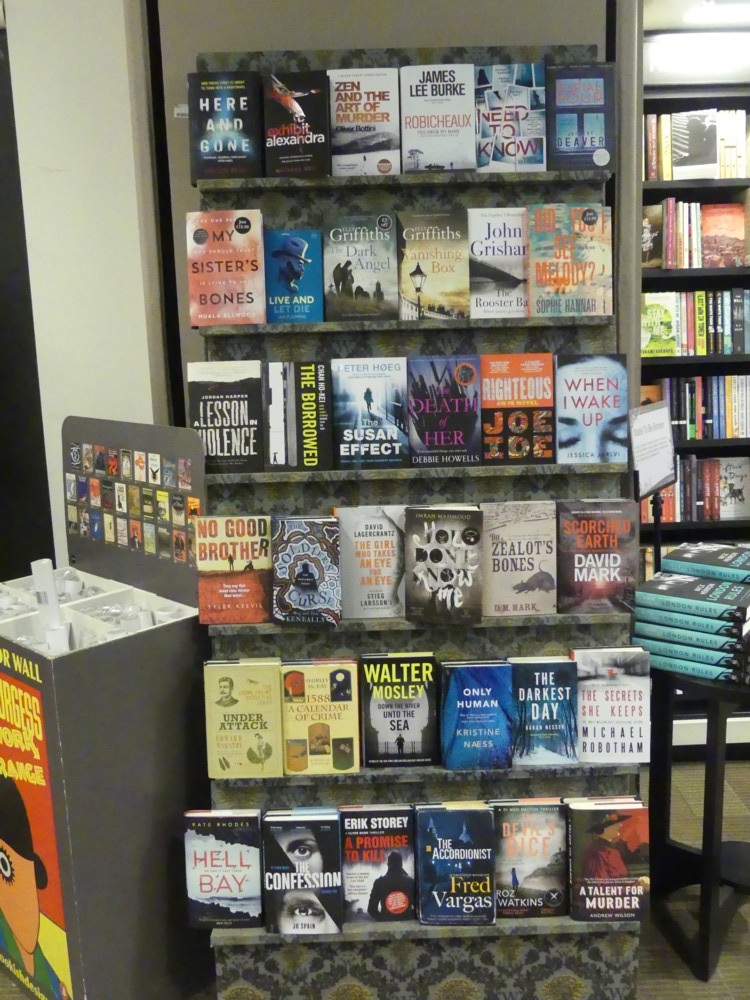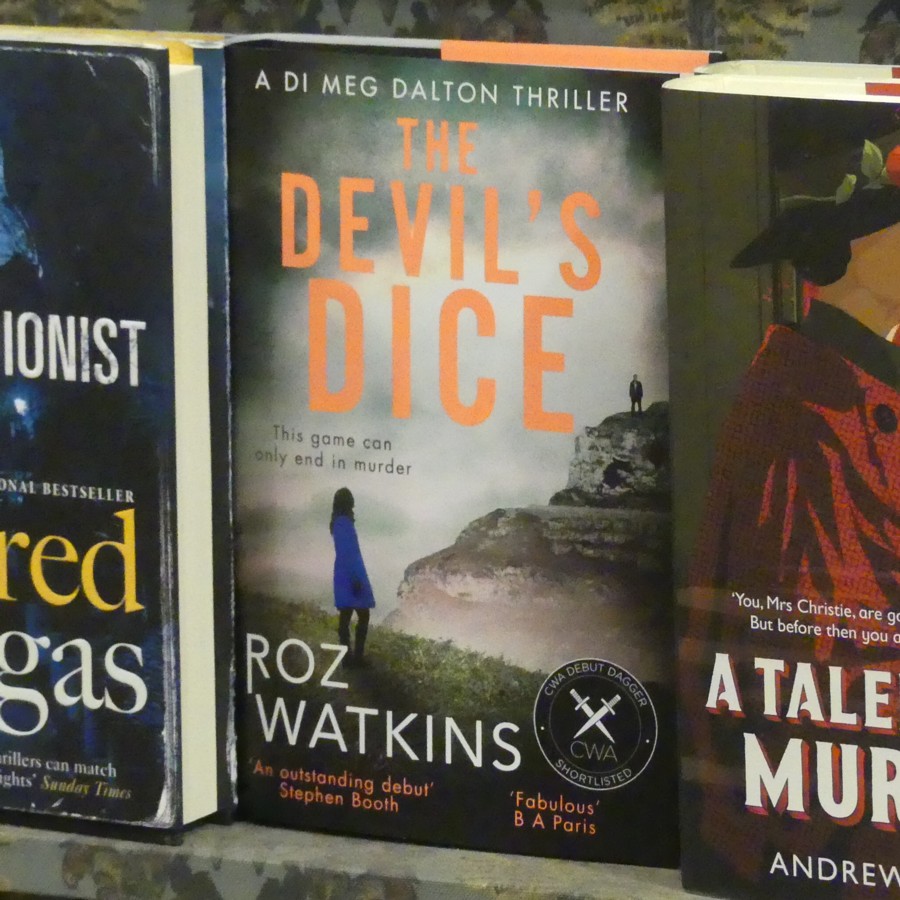Says Armin Navabi:
A short video, lasting just over two minutes. Navabi is right, provided by “reform” we mean “make nice”. That verbal quibble aside, agreed.
There are many nice people who want to remain nice but also to remain Muslim. Can’t be done. Islam demands nastiness from its followers, and there’s no way round that, only out of it.
The current Western governmental view of Islam is: resist the bad stuff, appease the good stuff. But the only good stuff in Islam is good people trying to be good but being told not to be good by Islam. Islam itself is the enemy.
The way to defeat Islam is to persuade a large number of its current adherents to stop being its adherents. That will put Islam on the defensive, both ideologically and physically. Muslims will be put in the position of trying to explain that Islam is nice. They will fail, but will then look weak, because they will have abandoned their strongest weapon, which is the fact that Islam demands nastiness. And the Muslims will thus lose. There will still be many “Muslims”, so-called, in the world, but the ones who really believe in it will become a beleaguered minority, constantly betrayed to their enemies by other “Muslims” who are trying to prove, to the world and to other Muslims who are thinking of leaving Islam, how nice they are, despite going through all the motions of saying that they still believe nasty things.
In other anti-Islamic news, Dawkins notes a stirring of atheism in the Islamic world. I hope, and more and more think, that this is right, and very good news. The more I learn about this man, more I admire him, even though I mostly don’t agree with him on domestic political issues.
If you are now, still, a Muslim, stop it.



